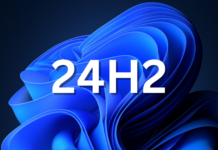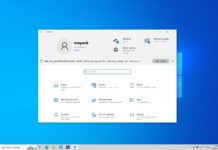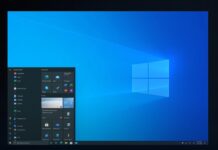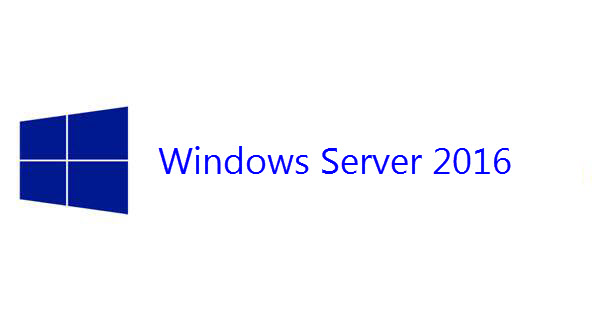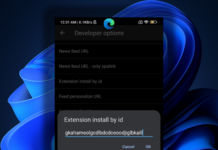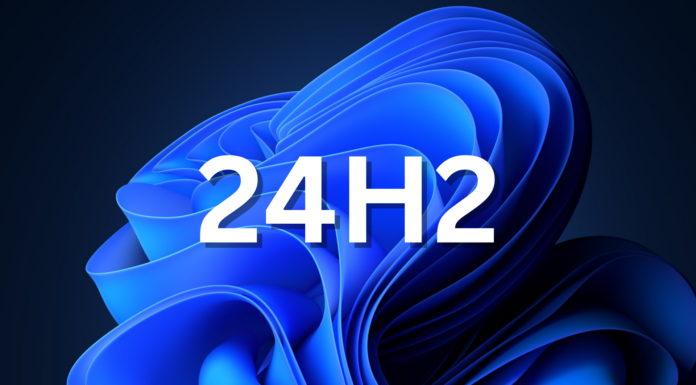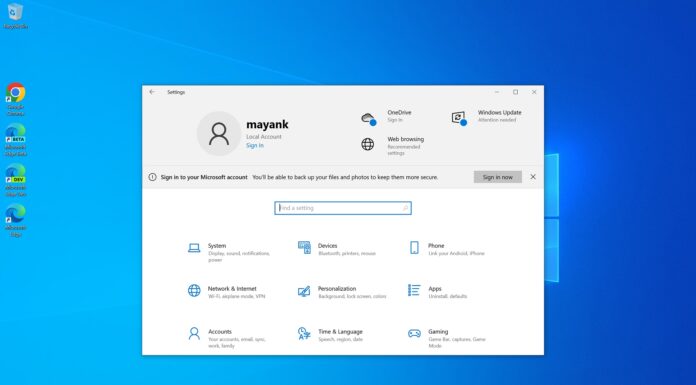Microsoft had couple of months ago announced that it is working on introducing an Insider Program for Windows Server this summer. The company today is releasing the first Windows Insider Preview build 16237 for Windows Server.
The Server Insider Program is similar to the currently Windows 10 Insider program which allows users or customers to test the latest pre release features and provide feedback to help shape future developments.
Below are the new features in the Insider Preview Build:
Here’s a look at what’s new, according to the build 16237 release notes:
Persistent Memory can now be exposed to Hyper-V VMs:
- In this build, NTFS-formatted direct access volumes that are created on non-volatile DIMMs can now be exposed Hyper-V VMs. This enables Hyper-V VMs to leverage the low-latency performance benefits of Persistent Memory devices.
- Virtualized Persistent Memory (vPMEM) is enabled by creating a VHD file (.vhdpmem) on a direct access volume on a host, adding a vPMEM Controller to a VM, and adding the created device (.vhdpmem) to a VM. Using vhdpmem files on direct access volumes on a host to back vPMEM enables allocation flexibility and leverages a familiar management model for adding disks to VMs.
- PowerShell can be used for the creation and management of Virtualized Persistent Memory.
Battery Passthrough:
- With new additions to Set-VM, a PowerShell cmdlet, you can now enable and disable Battery Passthrough, a new feature. Battery Passthrough let your VMs have the same battery state as the host they are on. To use this feature of Set-VM, use the flag -BatteryPassthroughEnabled {$true, $false}. This option is only available for version 8.2 virtual machines.
Improvements to Container Networking:
- This build introduces enhancements to container networking to better support Kubernetes by adding support for multiple containers (w/out Hyper-V isolation) to a single Pod (Network Compartment) as well as only requiring a single endpoint per Pod for all traffic types (e.g. ingress and East-West)
- The Host Networking Service (HNS) now has support for creating ACL, NAT, and Load Balancing network policies for Container endpoints for fine-grained policy application.
RDMA for Trusted Guests:
- This build includes several enhancements for (Trusted) Guest RDMA to enable low-latency storage access with zero CPU usage by Trusted Guest VMs – this is ideal for running Windows File Servers in a Guest to accelerate file serving. Requires updated NIC drivers.
Improvements to Software Defined Networking:
- Encryption can be enabled for virtual network subnets to protect your traffic from anyone with physical access to the wire, including network administrators.
- Failover time for SDN gateways is improved. Now, you will observe much faster failover times for the gateways, even with high number of connections.
- Access control lists can be applied for infrastructure on logical subnets.
Improvements in Networking transports:
- 2X throughput improvement for single connection TCP and UDP performance in low latency intra-datacenter scenarios
- Default congestion control algorithm CUBIC for high speed networks
Improvements in HTTP(s):
- SSL throttling to enable predictable service for established connections, in the face of high incoming SSL traffic.
- Deterministic certificate updates for HTTPS enabling greater service availability.
Improvements in time accuracy:
- Pressing EU regulations in 2018 require strict time precision and traceability. Win32tm improvements in RS3 support greater time accuracy, and jitter is removed from the measurements that calibrate the service.
- New system event logging lets you archive time service data to support traceability compliance.
- System center monitoring now includes a new rule which lets you detect when a machine in your environment is out of compliance.
Nano Server optimized for Containers:
- Nano Server is now a container only option and optimized for containers, more information is available in the Delivering continuous innovation with Windows Server blog post. To optimize for containers, several features were removed that were in the Nano Server base image in Windows Server 2016, these include WMI, PowerShell, .NET Core, and the Servicing stack, which has significantly reduced the image size.
Server Core base image optimizations:
- The Windows Server Core base image has been optimized saving over 20% download and on disk space.
You’ll have to manually download this build from Microsoft to get started, but any Insider can grab it. According to Microsoft, this particular build is set to expire on December 4. Do be aware that you’ll need to use the following activation keys to get started as well:
- Server Datacenter Core: B69WH-PRNHK-BXVK3-P9XF7-XD84W
- Server Standard Core: V6N4W-86M3X-J77X3-JF6XW-D9PRV

